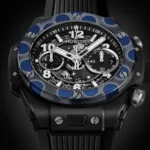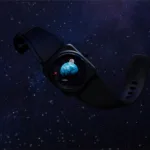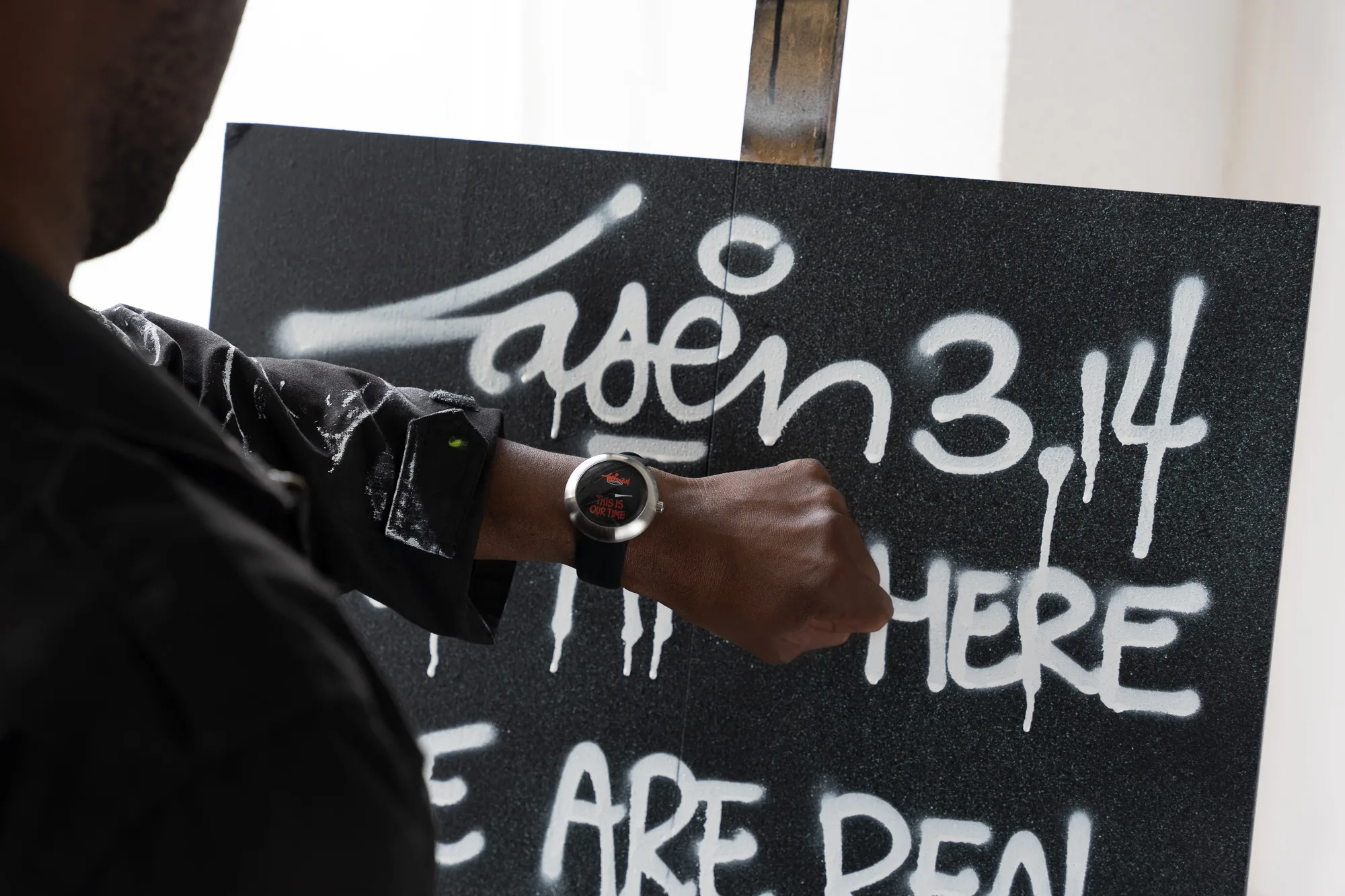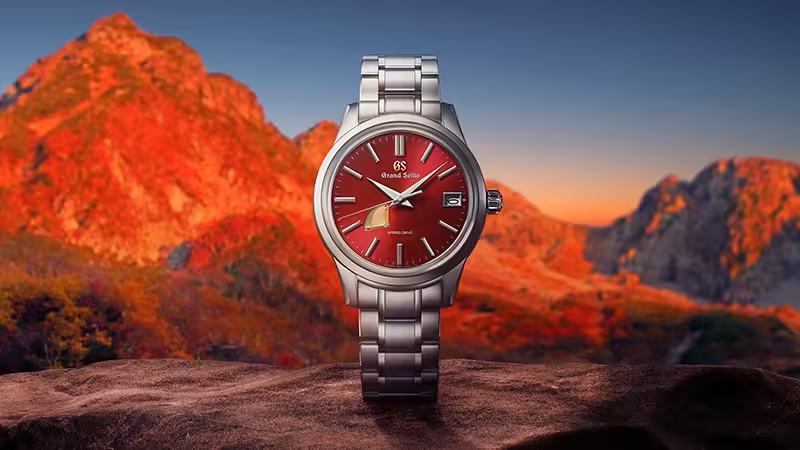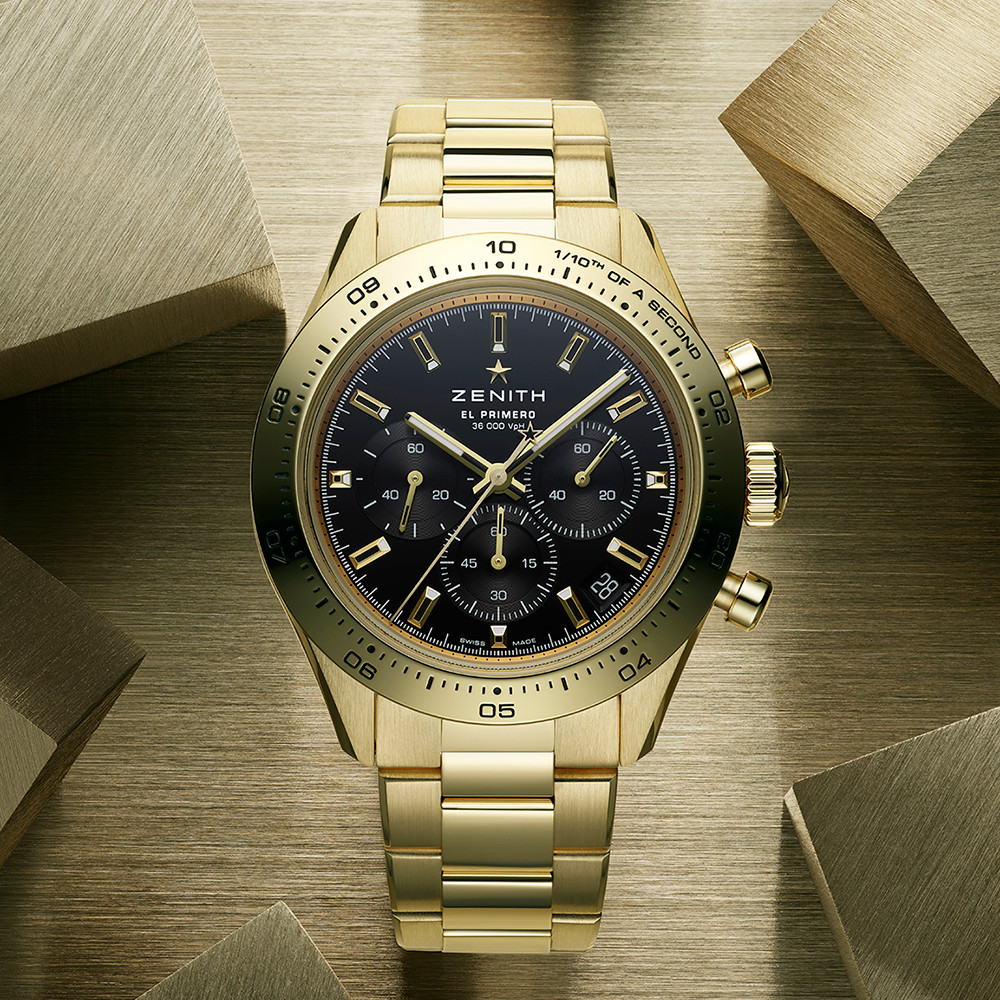The Evolution of Advertising in the Wristwatch Industry: From Functional Necessity to Luxury Status Symbol
The wristwatch, once a mere functional tool, has undergone a remarkable transformation to become one of the most potent symbols of luxury and personal identity in modern society. This evolution is deeply intertwined with the changing landscape of advertising in the wristwatch industry. From its humble beginnings as a practical timekeeper to its current status as a coveted luxury item, the wristwatch’s journey reflects broader shifts in consumer culture, technology, and societal values. This essay explores the fascinating trajectory of wristwatch advertising, tracing its path from emphasizing utility and precision to showcasing status, lifestyle, and emotional resonance.
Early Advertising: Emphasizing Functionality and Innovation
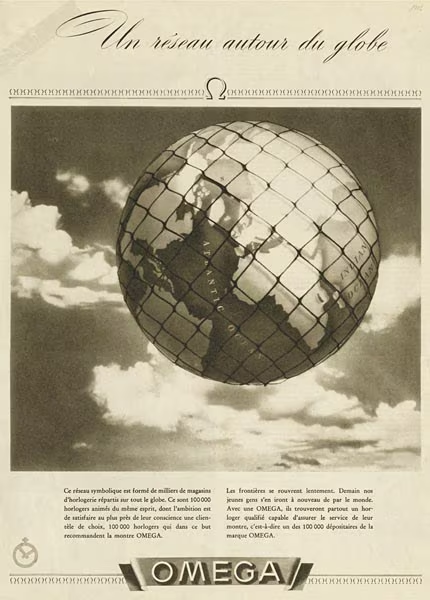
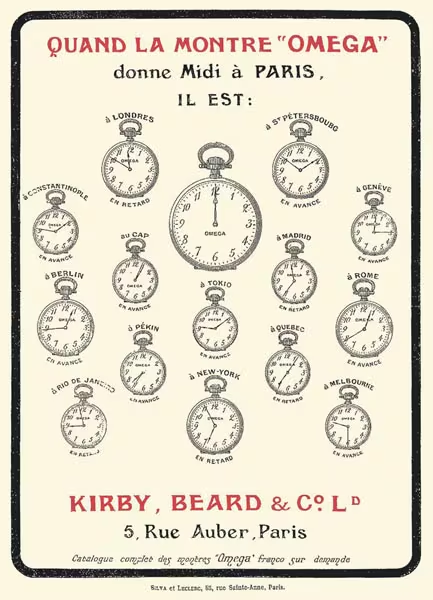
In the early 20th century, wristwatches emerged as a practical alternative to pocket watches, gaining particular prominence during World War I. The advertising of this era was characterized by a strong focus on functionality, reliability, and technological innovation. Brands like Omega and Rolex led the charge, highlighting their timepieces’ precision, durability, and groundbreaking features.
Rolex, for instance, built its reputation on pioneering achievements. Their 1926 introduction of the waterproof Oyster case was a game-changer, and they capitalized on this innovation in their advertising. One memorable campaign featured Mercedes Gleitze, who wore a Rolex Oyster during her swim across the English Channel. The watch emerged from the water in perfect working order, proving its waterproof capabilities and cementing Rolex’s reputation for excellence.
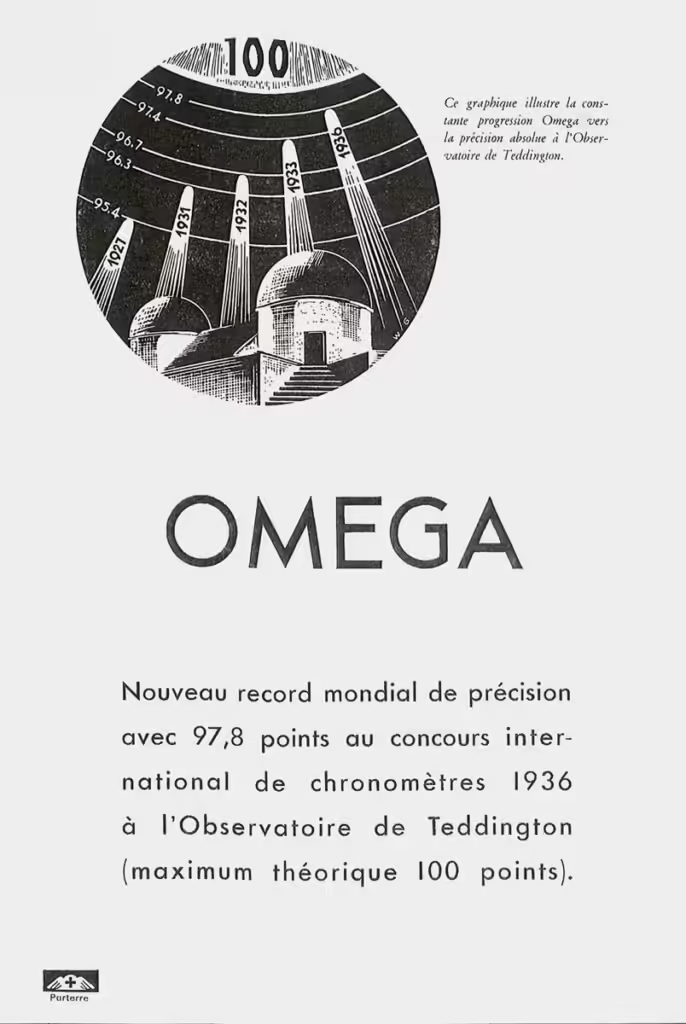
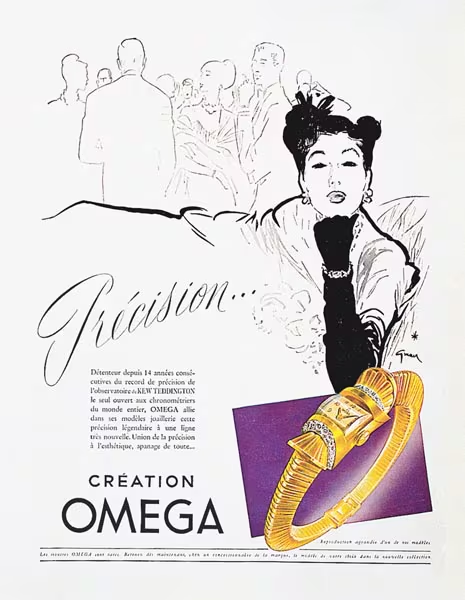
Similarly, Omega’s involvement in timekeeping for the Olympics, which began in 1932, became a cornerstone of their advertising. They emphasized their role as official timekeepers, underscoring the precision and reliability of their watches. This association with high-level sports timing not only showcased their technical prowess but also aligned the brand with the prestige of international athletics.
During this period, advertisements often featured detailed technical specifications and testimonials from professionals who relied on these watches in extreme conditions. Explorers, aviators, and divers became brand ambassadors, lending credibility to claims of durability and accuracy. For example, Longines’ partnership with Charles Lindbergh resulted in the creation of the Longines Hour Angle watch, designed for aviators. This collaboration was heavily featured in their advertising, appealing to both aviation enthusiasts and those who admired cutting-edge technology.
The Mid-20th Century: The Birth of Lifestyle Marketing
As post-war prosperity grew in the 1950s and 1960s, watch advertising underwent a significant shift. The industry began to tap into the burgeoning consumer culture, positioning watches not just as tools but as essential accessories that reflected one’s personal style and status.
Rolex continued to lead the way in this new era of advertising. Their association with Sir Edmund Hillary’s ascent of Mount Everest in 1953 was a masterstroke of marketing. The fact that Hillary and Tenzing Norgay wore Rolex Oyster Perpetuals during their historic climb was heavily publicized, linking the brand with the ultimate achievement in exploration. This event marked a turning point where Rolex began to craft a brand identity associated with success in both professional and personal realms.
Other brands followed suit, developing their own unique brand identities. Omega, building on its Olympic heritage, began to associate itself with space exploration. When Buzz Aldrin wore his Omega Speedmaster on the moon in 1969, it became “the first watch worn on the moon,” a claim that Omega has leveraged in its advertising ever since.


This era also saw the rise of more emotionally driven advertising. Patek Philippe’s iconic campaign, launched in the 1990s but rooted in mid-century values, epitomized this approach. The slogan, “You never actually own a Patek Philippe. You merely look after it for the next generation,” shifted the focus from the watch as a functional object to a symbol of timeless value and family continuity. This campaign, which features images of parents and children in moments of connection, has become one of the most enduring and recognizable in the industry.
The Late 20th Century: The Quartz Crisis and the Rise of the Luxury Market
The 1970s brought about the Quartz Crisis, a period when the advent of cheap, accurate quartz watches from Japan threatened the traditional Swiss watch industry. This technological disruption forced Swiss watchmakers to radically rethink their strategies, leading to a crucial evolution in how watches were marketed.
Rather than competing on price or precision with quartz watches, many Swiss brands repositioned themselves firmly in the luxury market. Advertising during this period began to emphasize craftsmanship, tradition, and exclusivity. The mechanical movement, once simply the standard, became a point of differentiation and pride.
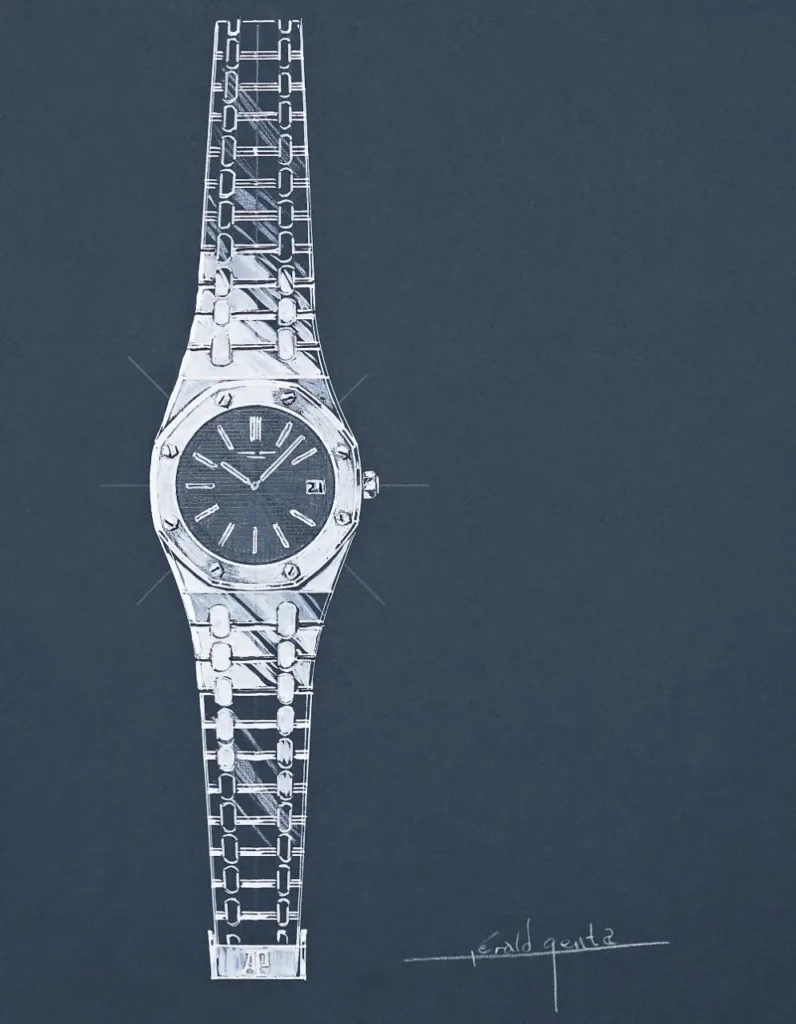
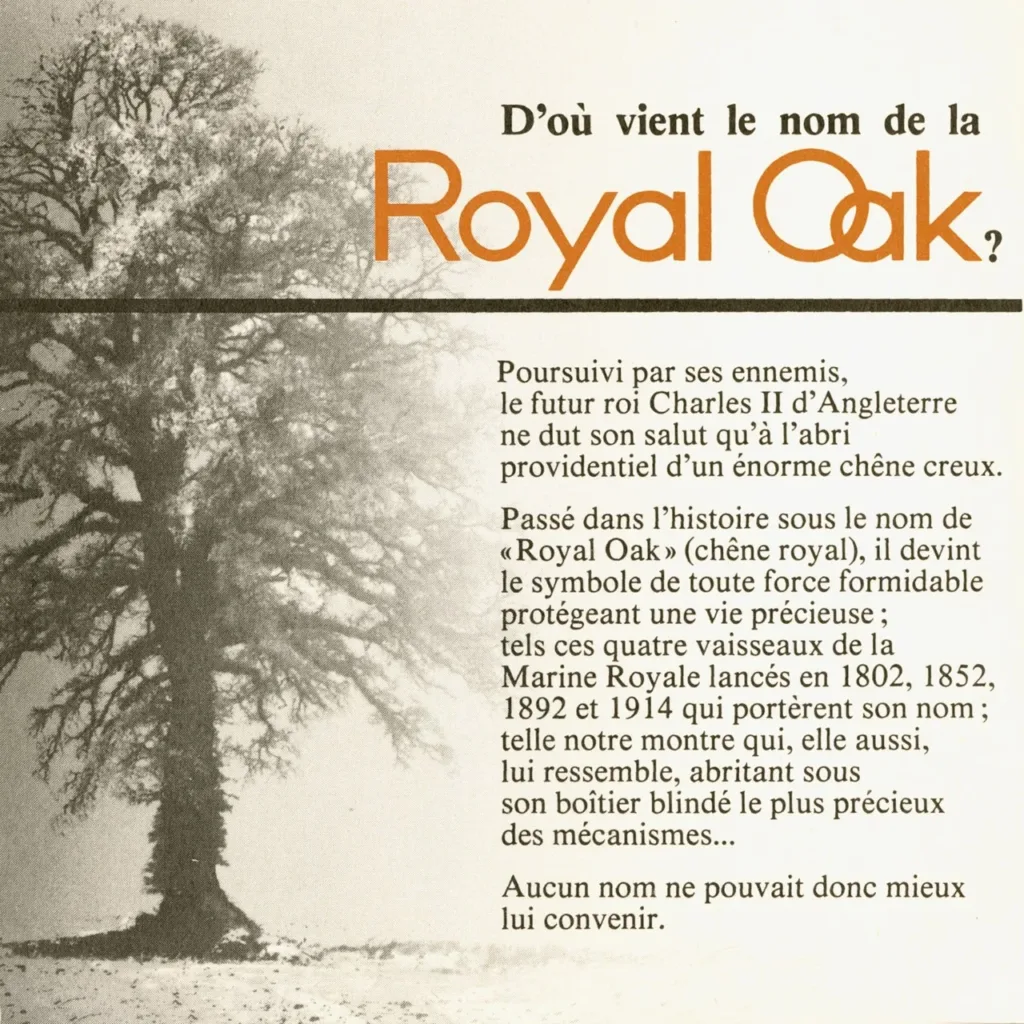
Brands like Audemars Piguet and Vacheron Constantin doubled down on their heritage, highlighting the artisanal nature of their products. Audemars Piguet’s Royal Oak, designed by Gerald Genta in 1972, became a symbol of this new approach. Its advertising emphasized the watch’s unique octagonal design and the meticulous craftsmanship involved in its creation, appealing to connoisseurs who appreciated fine watchmaking as an art form.
Meanwhile, other brands sought to cultivate an aura of exclusivity and desirability through carefully curated images of refinement and elegance. Cartier, for instance, leaned into its reputation as “the jeweler of kings and the king of jewelers,” positioning its watches as essential accessories for the truly sophisticated.


This shift was also epitomized by TAG Heuer‘s “Don’t crack under pressure” campaign, which aligned the brand with high-performance sports and celebrities. By featuring images of athletes and actors in intense moments of concentration or action, TAG Heuer projected an image of resilience and daring that appealed to a new generation of luxury consumers.
The 21st Century: Digital Revolution and Hyper-Personalization
The advent of the internet and social media in the 21st century has revolutionized advertising across all industries, and the wristwatch market is no exception. Digital platforms have allowed watch brands to reach a global audience with unprecedented precision, leading to more personalized and targeted advertising strategies.
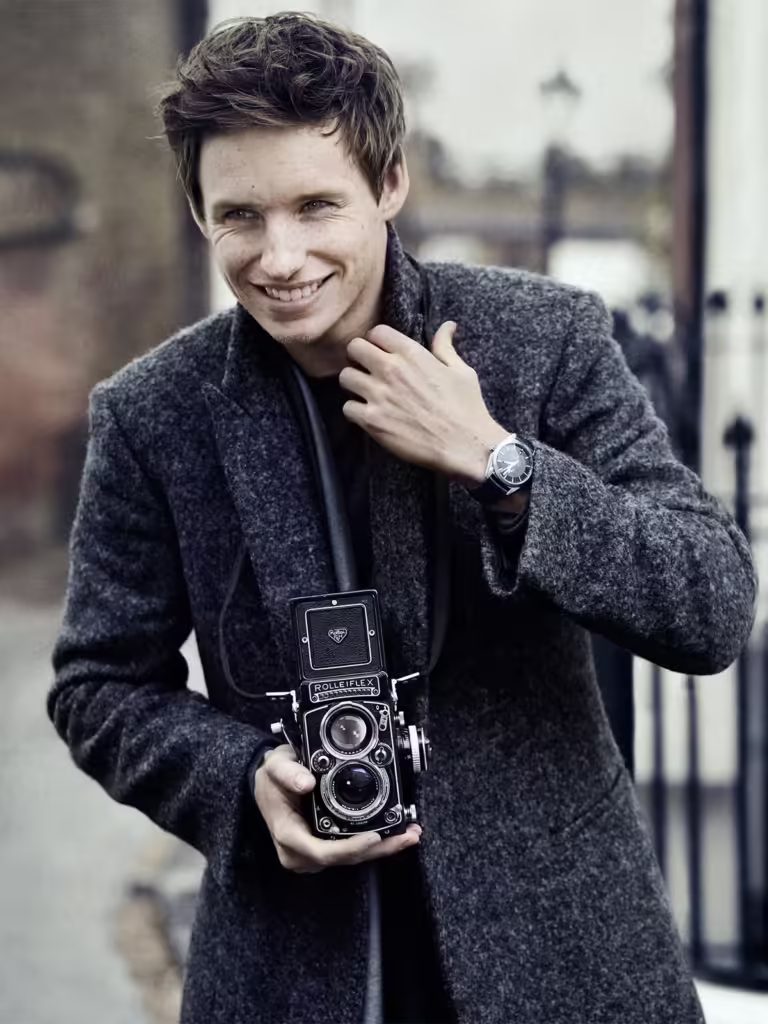
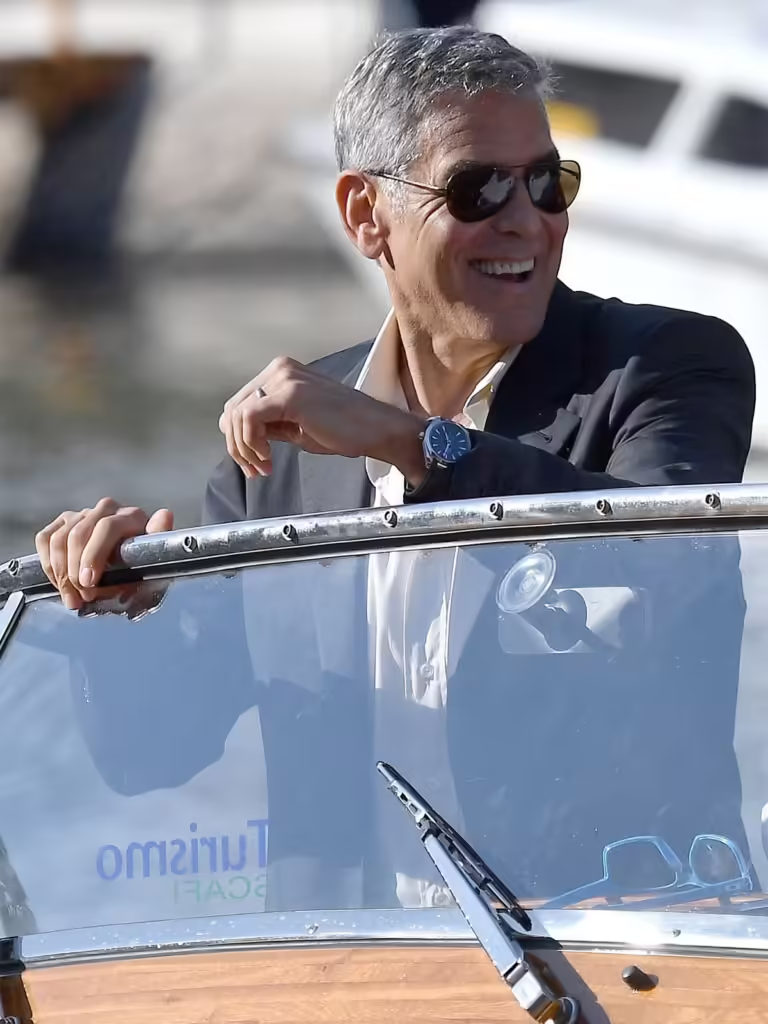
In this era, storytelling has become a central pillar of advertising strategy. Brands like Omega and Breitling produce high-quality video content that blurs the lines between advertising and entertainment. For example, Omega’s short films featuring brand ambassador George Clooney not only showcase their watches but also tell compelling stories that align with the brand’s values of sophistication and timeless style.
The rise of social media has also given birth to a new form of brand ambassador: the influencer. Watch brands now collaborate with a diverse array of personalities who resonate with different segments of their audience. For instance, Audemars Piguet’s collaboration with basketball star LeBron James extends beyond traditional endorsement, featuring behind-the-scenes content and personal stories that connect with younger audiences.
Simultaneously, the luxury watch industry has increasingly embraced sustainability and social responsibility in its messaging. Panerai, for example, has launched the Submersible eLAB-ID, made from 98.6% recycled materials, and uses this innovation as a key part of its advertising to appeal to environmentally conscious consumers.
Conclusion: The Future of Watch Advertising
As we look to the future, it’s clear that watch advertising will continue to evolve. The industry is likely to see an increased focus on personalization, with brands using data analytics to create highly targeted campaigns. The integration of smartwatch technology may also play a role, as traditional watchmakers seek to balance their heritage with modern functionality.
Moreover, as consumers become more conscious of ethical consumption, we may see a greater emphasis on transparency in manufacturing processes and sourcing. Brands that can authentically communicate their commitment to sustainability and ethical practices may gain a significant advantage.
The evolution of advertising in the wristwatch industry reflects broader changes in consumer culture, technology, and societal values. From the early focus on functionality and innovation to the modern emphasis on luxury, lifestyle, and digital engagement, watch advertising has continually adapted to new market realities. As the industry moves forward, it will undoubtedly continue to innovate, finding new ways to capture the imagination and desire of consumers in an ever-changing world.
In conclusion, the wristwatch has transcended its original purpose, becoming a complex symbol of identity, success, and tradition. The advertising strategies that have driven this transformation provide a fascinating lens through which to understand not only the watch industry but also the shifting values of the society it serves. As we strap these miniature marvels to our wrists, we’re not just telling time – we’re telling our own stories, shaped in no small part by decades of brilliant, evolving advertising.
Images by Omega, Audemars Piguet, Patek Philippe, TAG Heuer.
